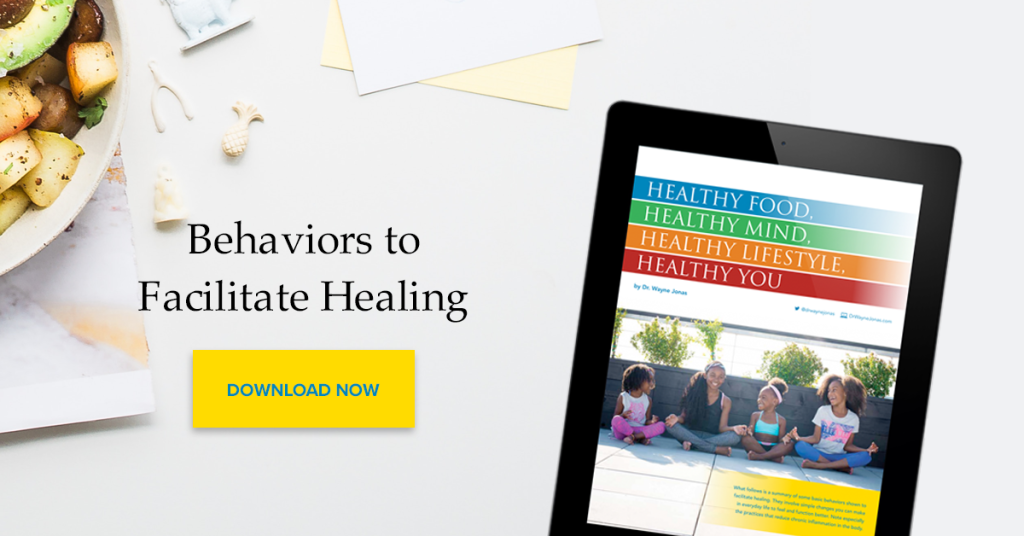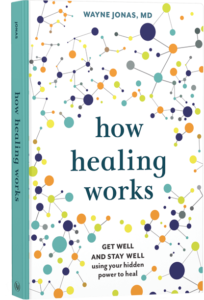We’ve all been told that adding regular physical activity to our lives greatly benefits all aspects of well-being, both mental and physical. Exercise stresses the body, specifically the heart, lungs, and muscles. It produces inflammation and generates oxidative damage, causing micro-traumas in our muscles which our body then repairs during rest.
While that might not sound like positive results (it certainly doesn’t read like it), all of these stresses and physical micro-traumas become small stimulants to healing that induce our whole system to repair itself and keep us in proper health. In essence, this is how exercise maintains our physical health and increases healing.
Exercise and Depression
Exercise also improves cognition, mood, emotional regulation, and motor function. The Mayo Clinic (among other organizations) supports the use of exercise for symptom management among those with depression. In fact, a systematic review of randomized trials of exercise programs found that moderate, supervised aerobic activity three times a week for nine weeks improved depressive symptoms.
As you work to incorporate physical activity into your daily routines, consider the following forms of exercise, proven to help your overall well-being.
1. Cardiovascular Exercise
Whether it’s an incline (or uphill) walk, run, or the use of an elliptical machine, this movement-based exercise offers a host of benefits to cardiovascular health. In our modern office jobs, which promote a sedentary existence, including some form of cardio-based activity can be a tremendous benefit in preventing obesity and the various health concerns associated with being overweight.
2. Strength-Training or Weight Lifting
Lifting weights can increase the risk of injury but such injuries are primarily attributed to misuse of equipment, inappropriate weight, or improper technique. If approached safely and under proper supervision, training with weights–either with free weights, such as dumbbells or with the use of machines–can reduce your risk of having a heart attack and, with continual use, help you retain motor function after the age of 60.

3. Moving Meditations
Moving meditations like the practices of Tai Chi and Qigong combine the use of slow and deliberate movements with meditation and breathing practice. Practices like these impact muscle control and balance, and have even been linked to improving cognitive function. It is an ideal exercise for those focused on mindfulness and can be less “risky” than traditional exercises though it may require specific training.
For a full list of benefits check out the Moving Meditations pocket guide.
Consult Your Doctor
As always let your medical providers know what physical activity regiment you may be considering to improve your health. They will be able to properly guide you based on your specific health goals and offer a list of safe, evidence-based complementary and lifestyle approaches to help with any physical or mental concerns.

Your Health Into Your Own Hands
Drawing on 40 years of research and patient care, Dr. Wayne Jonas explains how 80 percent of healing occurs organically and how to activate the healing process.

